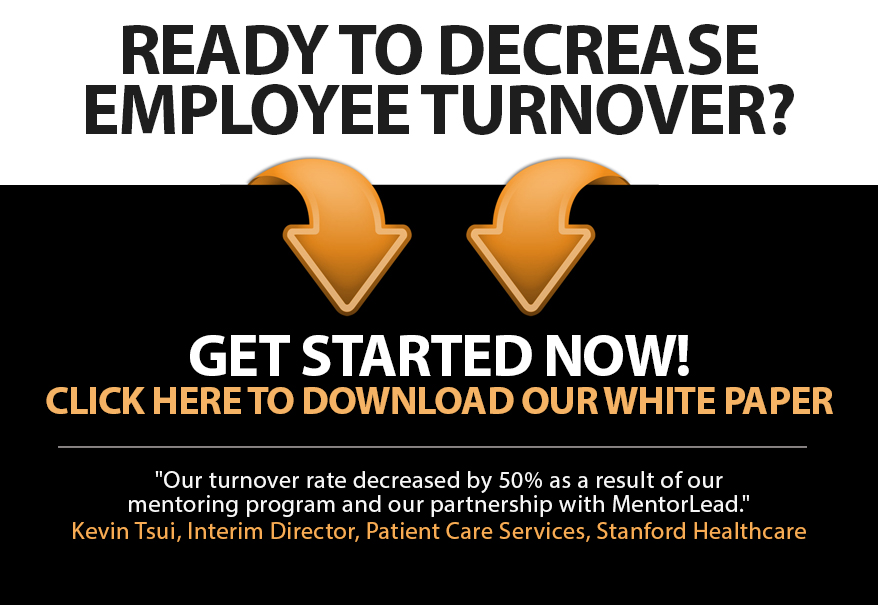
Got Current Best Thinking? Move Forward!
I asked Bob why he hadn’t launched his program yet. He replied, “I’m still gathering information.”
I said, “Bob, you’re not launching a rocket into space. You’re launching mentoring into the company. You need to move with your current best thinking.”
Bob had become an information curator: collecting and guarding information like works of art in a museum. Bob had spent months socializing the idea, gathering data, organizing focus groups, scheduling committee meetings, benchmarking, planning, and analyzing.
But to launch his program, he needs to become an information broker: one who takes action to set information in motion.
Information brokers are like weathermen. They announce the weather with the current best information they have. If the winds shift, the temperature goes up, or the rain clouds roll in, they update their forecast.
Like a weatherman, we don’t need perfect information to move forward.
And, for many of our decisions, taking action is critical in order to improve our current best thinking.
So what causes our information curating? Fear of being judged, criticized, blamed…
To mitigate this fear and move forward:
- Call it a test, a trial, a phase 1, a pilot (everyone forgives a pilot!)
- Ask for feedback to improve it
- Seek advice, perspectives, and ideas from others
- Re-evaluate, course-correct, make adjustments
To be successful, we need to move forward with our current best thinking. And when our current best thinking evolves based on new information, we’ll have future best thinking, and then we’ll evolve our actions accordingly.
If you run a team or an organization, notice when your people are curating information:
- Ask them: What is your current best thinking?
- Encourage them to take action based on that
- Suggest they launch a pilot, a test, a trial
- Implore them to seek ideas to fuel their future best thinking
And then be ready to forgive an incorrect weather forecast.







